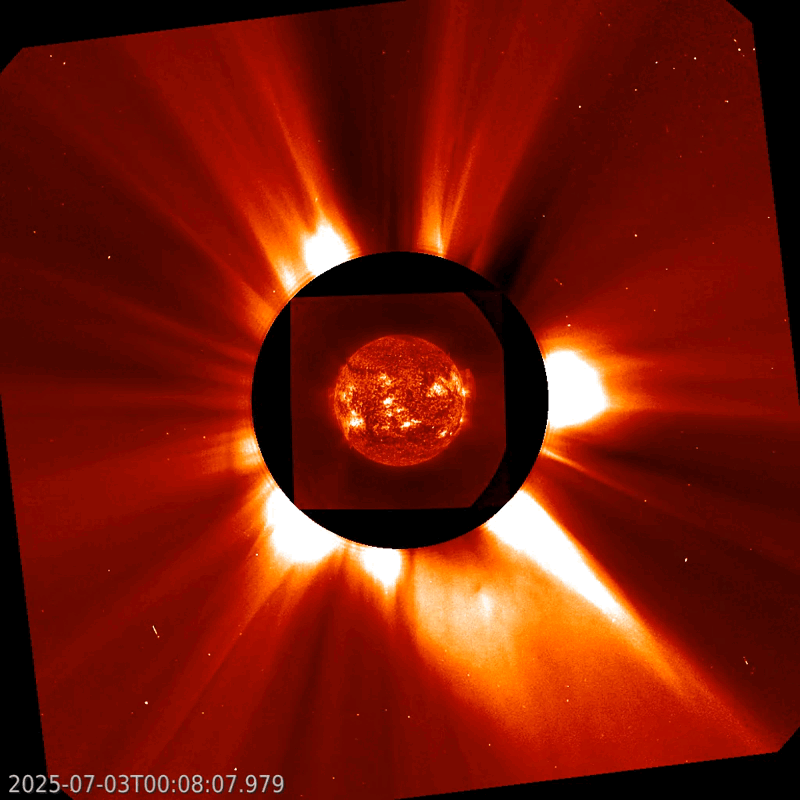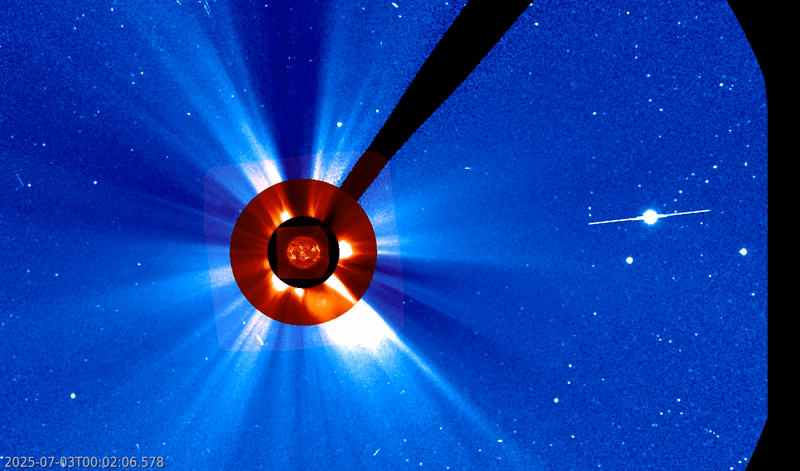Last week was relatively quiet, with many, but small and simple sunspot groups. Fortunately, we can still count on the prominences and filaments for some action. Solar prominences are clouds of charged particles ("plasma") above the solar surface squeezed between magnetic regions of opposite magnetic polarity. Being cooler and denser than the plasma underneath and their surroundings, they appear as bright blobs when seen near the solar limb and as dark lines when seen on the solar disk (then they are called "filaments"). Special filters are required to observe these features, such as in the Hydrogen-alpha (H-alpha) line in the red part of the solar spectrum, or in some extreme ultraviolet (EUV) passbands.
 |
 |
 |
Prominences and filaments can erupt when they reach a certain height or length, as their upholding magnetic fields may become unstable. Also nearby solar eruptions may destabilize these magnetic fields (see e.g. this STCE newsitem for an example). In the EUV imagery (GOES/SUVI 304) above, prominence eruptions are shown on 3 and 5 July, and a filament eruption on 7 July (compilation).
 |
 |
 |
Such important eruptions are usually associated with a coronal mass ejection (CME), and this was the case for all three eruptions. They are shown in the images above combining SUVI 304 with white light coronagraphic images by SOHO/LASCO C2 (compilation). All three CMEs have a plane-of-the-sky speed between 300 and 500 km/s, and are not directed to Earth. The imagery underneath adds the SOHO/LASCO C3 widefield for the 3 July event. The bright dot on the right is the planet Jupiter, the largest planet of our solar system. It is located five times as far from the Sun as the Earth and -as seen from Earth- on the opposite side of the Sun. It was in conjunction on 24 June.






